|
People often rank and order data items as a vital part of making decisions. Multi-attribute ranking systems are a common tool used to make such data-driven decisions. These systems are often table-based tools that can produce rankings based on numerical weights that a user assigns to each attribute, where the weight represents how important the user believes an attribute is to their decision. These systems assume that users are able to quantify their conceptual understanding of how important particular attributes are; however, this is not always the case. 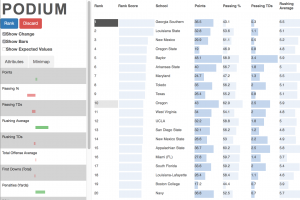 |
CopyCat and PopSign are two games that help deaf children and their parents acquire language skills in American Sign Language. 95% of deaf children are born to hearing parents, and most of those parents never learn enough sign language to teach their children. As short term memory skills are learned from acquiring a language, many deaf children enter school with short term memory of less than 3 items, much less than hearing children of hearing parents or Deaf children of Deaf parents. Our systems address this problem directly.  |
Crowdfunding sites like Kickstarter‚ where entrepreneurs and artists look to the internet for funding‚ have quickly risen to prominence. However, we know very little about the factors driving the ‚crowd‚Äù to take projects to their funding goal. In this paper we explore the factors which lead to successfully funding a crowdfunding project. We study a corpus of 45K crowdfunded projects, analyzing 9M phrases and 59 other variables commonly present on crowdfunding sites. 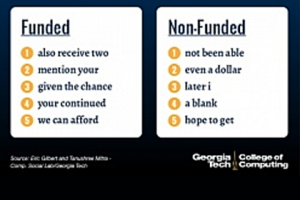 |
Healthcare delivery processes are complex activities that span organizational, spatial, and temporal boundaries. Systemic insights, redesign, and improvements are consequently difficult to achieve. Using existing digital healthcare data, we are developing a data-driven methodology, fusing computational systems modeling, data mining, and interactive visualization, to identify, describe, and visualize healthcare delivery processes. Our system will help providers (e.g. physicians, nurses, etc.) and strategic decision makers (e.g. |
|
Management of supply network risks is a critical competency for today's global enterprises. Current practices and tools, however, have limited capabilities and do not allow for systemic exploration of alternate risk strategies. We develop a computational model of risk diffusion in global supply networks that is grounded in techniques from complex systems, network analysis, and epidemiological risk modeling. We draw on a unique, curated dataset of firms, their supply networks, and financial risk in the global electronics industry. 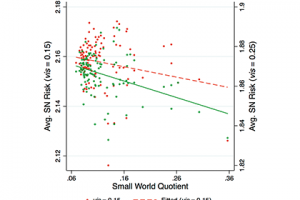 |
Computer simulations are effective tools for addressing enterprise transformation in terms of alternative organizational policies, operating procedures, and allocations of resources. We present a multilevel approach to computationally model health delivery enterprises. This approach is illustrated by its application to an employer-based prevention and wellness program. The decision of interest in this application concerns the design of prevention and wellness programs that are self-sustaining and provide a positive return on investment for the overall enterprise. 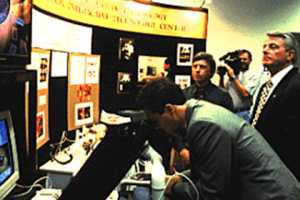 |
With the remarkable increase of data, novel tools and metrics are needed for comprehensive and systemic analyses of converging business ecosystems. Knowledge discovery is the computational process of identifying valid, novel, interesting, potentially useful and ultimately understandable patterns in data. The objective of our study is twofold. First, we introduce the emerging domain of "big" business ecosystem data. Second, we describe the success and challenges that we encountered in analyzing this data using state of the art analytics and visualization techniques. 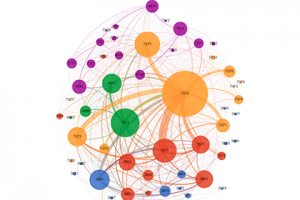 |
We study how operation and platform strategy affect product- and firm-level innovativeness in the smartphone industry. Our study is based on the technological evolution of smartphones including physical characteristics, performance characteristics, and features over the past decade. Our longitudinal analysis of a dataset consisting of 1,171 smartphones by 79 device manufacturers and 12 different platforms highlights the significant transformational changes that have occurred. We propose an index to measure innovativeness of a smartphone upon which we test our main hypotheses. 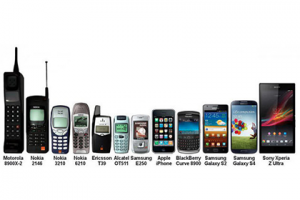 |
|
Followers are Twitter's most basic currency. Building an audience of followers can create access to a network of social ties, resources, and influence. Yet, little is understood about how to grow such an audience. We examine multiple factors that affect tie formation and dissolution over time on the social media service Twitter. We collected behavioral, content, and network data approximately every three months for fifteen months and compared the relative contributions of 22 variables from each perspective for predicting link formations in online social networks. 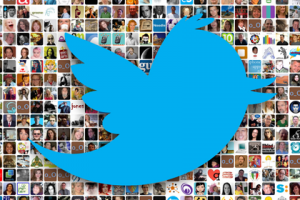 |
Photos are becoming prominent means of communication online. Despite photos' pervasive presence in social media and online world, we know little about how people interact and engage with their content. Understanding how photo content might signify engagement, can impact both science and design, influencing production and distribution. One common type of photo content that is shared on social media, is the photos of people. From studies of offline behavior, we know that human faces are powerful channels of non-verbal communication. In this paper, we study this behavioral phenomena online.  |
The Power Puppet project combines the creation of a mechanical puppet with simple circuit building. Its goal is to teach middle school students basic circuit building in the setting of a puppet building workshop. As students build their puppets, including control mechanisms (like rods and strings) and expressive elements (like joints and materials), they also create basic circuits that operate in combination with the puppet that houses them. 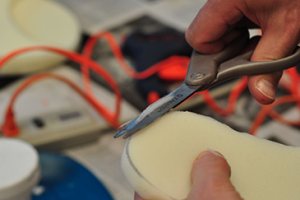 |
|
|
Project Aether focuses on bridging the knowledge gap brain tumor and peak anxiety brain tumor patients experience after their initial diagnosis. As a tablet application, it comprises a patient workspace for consolidating information relating to managing their condition, a 3D visualizer using MRI scans or reference anatomy, and in-appointment assistive tooling. 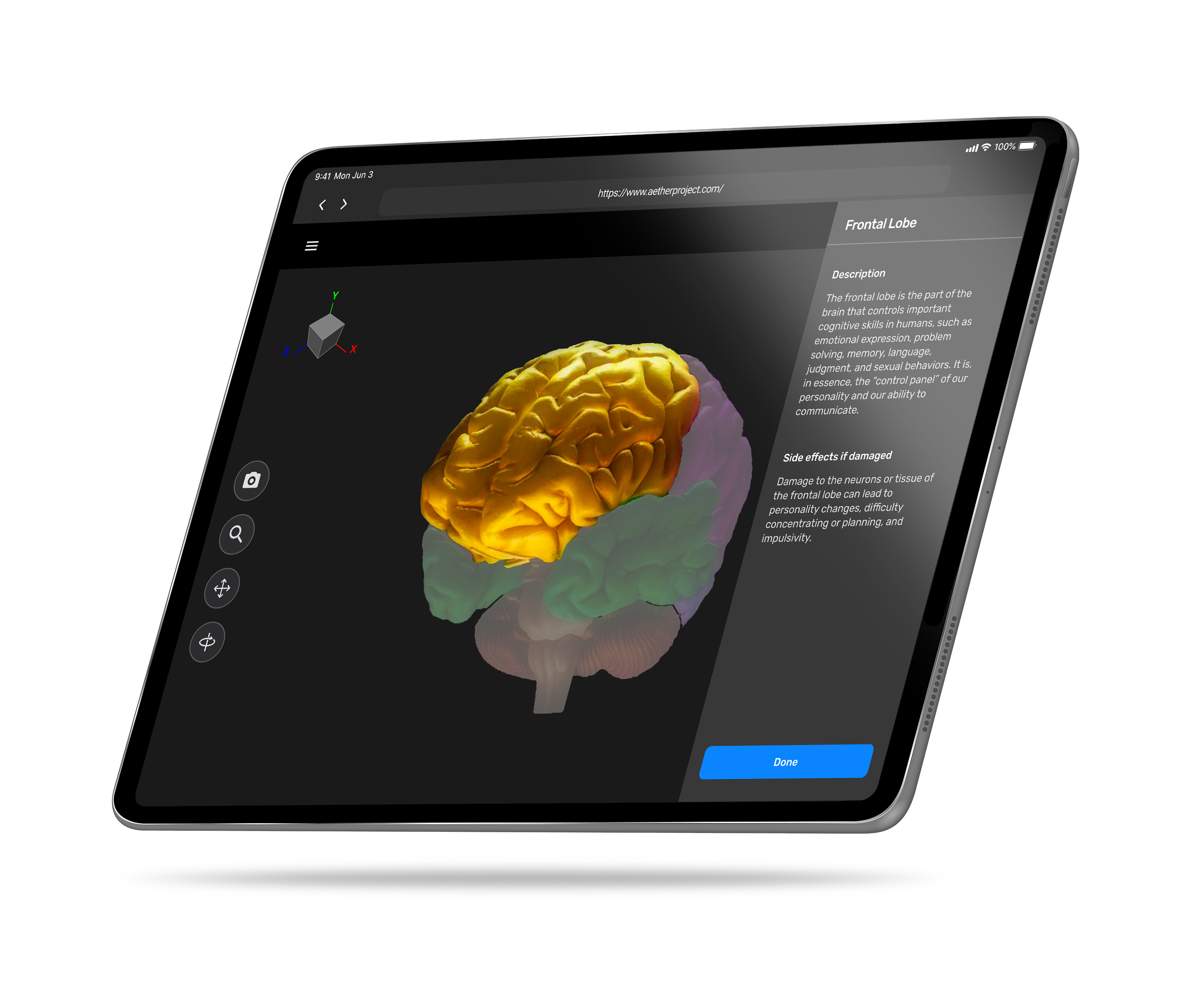 |
This is the first is a series of experiments in locative narrative. In this version, Projet is entirely screen-based. Later applications in this series will use Argon to create true location-based narratives. Projet itself can be experienced on a laptop or desktop screen, but there is greater intimacy and effect when experienced on a tablet or phone. A woman finds herself in a village in the French countryside, reflects on her present life, and recalls her past. Projet reduces the viewer's interaction to the barest minimum. 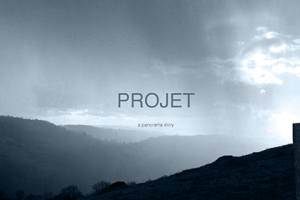 |
Chatbots are one of the newest media in consumer-facing technologies. A chatbot can be defined broadly as any service that users interact with primarily through text. More and more companies and organizations are choosing to communicate with their users through bots. There are a couple reasons for this: one, the barrier to entry is relatively low since users don't have to download a new app or learn a new UI; and, two, since chatbots communicate primarily through text, a bot affords an organization the opportunity to add personality to their brand. |


